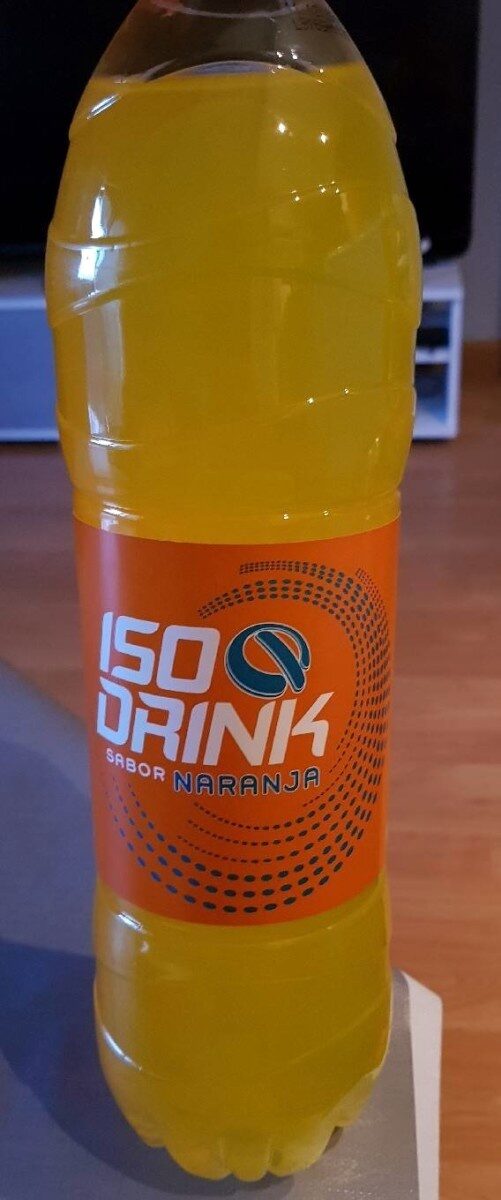Isodrink sabor naranja - Hacendado - 1,5 l
Aquesta pàgina del producte no està completa. Podeu ajudar a completar-la editant-la i afegint-hi més dades a partir de les fotos ja disponibles, o fent-ne més amb l'aplicació de androide o iPhone / iPad. Gràcies!
×
Codi de barres: 8480000286888 (EAN / EAN-13)
Nom comú: Bebida refrescante aromatizada, con azúcar y edulcorantes
Quantitat: 1,5 l
Empaquetament: es:Green dot
Marques: Hacendado
Categories: Begudes, Begudes ensucrades artificialment, en:Diet beverages, Begudes esportives
Etiquetes, certificacions, premis:
Punt verd, Amb edulcorants
Botigues: Mercadona
Països on es va vendre: Espanya
Matching with your preferences
Entorn
Empaquetament
Transport
Report a problem
Fonts de dades
Producte afegit per kiliweb
Última modificació de la pàgina del producte per inf.
La pàgina del producte, també editada per alia, roboto-app, thaialagata, yuka.VGZnSE92b0NtOWhYbXN3bTVVanp3b0pJem9PZ1cyYnVLUEVjSVE9PQ.








